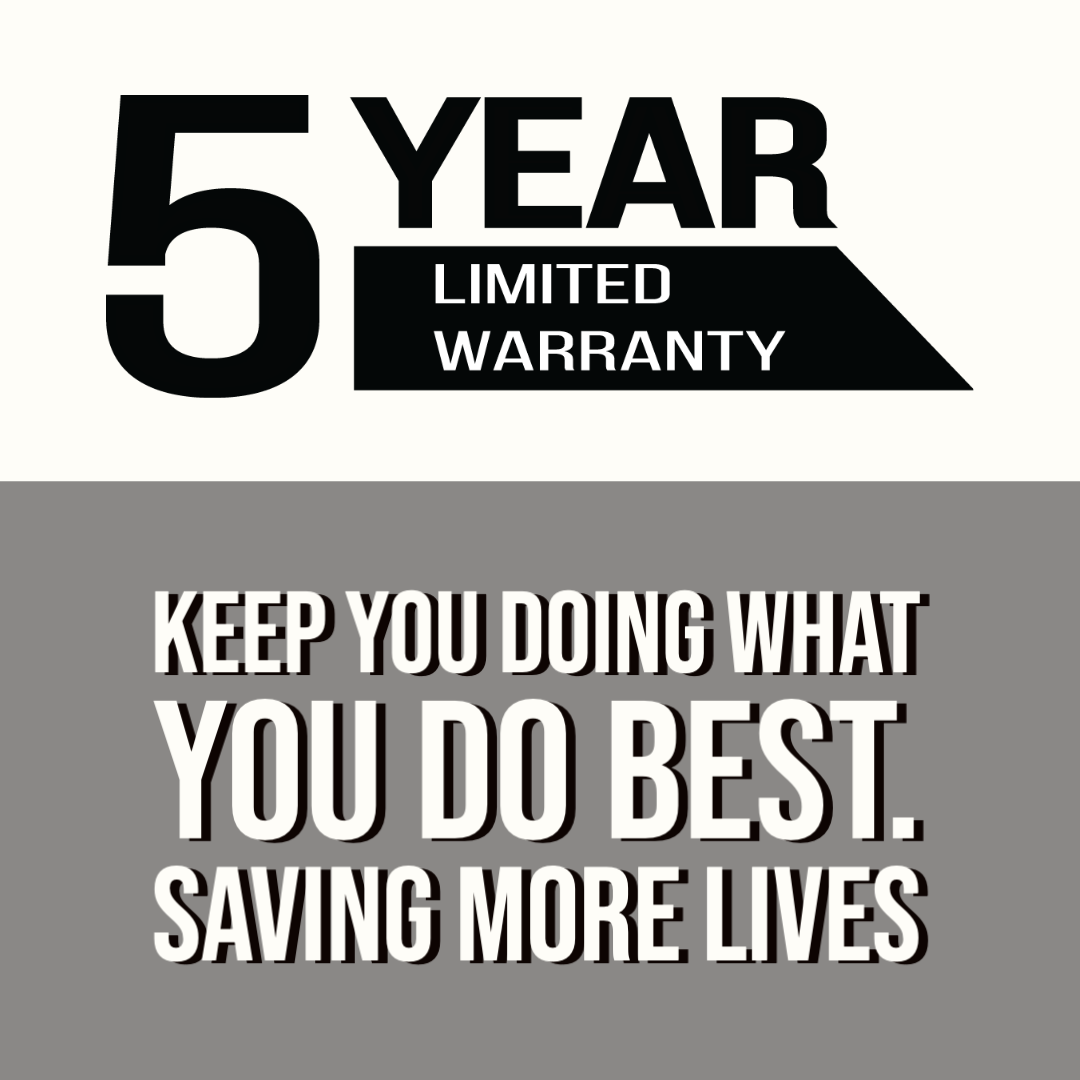Paramedic Equipment 101: What Every First Responder Needs in Their Kit
Importance of having the right equipment as a paramedic
Having the right equipment as a paramedic is crucial for effectively responding to emergencies. Your equipment kit needs to be well-prepared to handle various situations and provide quick and efficient care. With the right tools, you can save valuable time and potentially save lives.

Essential supplies for every first responder kit
First responders need to have a well-stocked kit to handle emergencies effectively. Key supplies include bandages, gauze pads, adhesive tape, scissors, and disposable gloves for wound care. Additionally, items like rescue blankets, CPR masks, tourniquets, and flashlights are crucial for various emergency situations. It's essential to regularly check and replenish your kit to ensure you're prepared for any scenario.
Life-saving tools and their uses
In a paramedic's kit, you'll find essential tools that can save lives. Here are some of the key tools and how they are used:
- Automatic External Defibrillator (AED): Used to shock the heart back into a normal rhythm during cardiac emergencies.
- Oxygen Tank: Provides supplemental oxygen to patients who are having trouble breathing or experiencing low oxygen levels.
- Stethoscope: Allows paramedics to listen to the heart, lungs, and other internal sounds to assess a patient's condition.
- Tourniquet: Stops severe bleeding by applying pressure to a limb before a more comprehensive treatment can be administered.
These tools, among others in a paramedic's arsenal, play a crucial role in providing timely and effective care during emergencies.
Equipment for assessing and monitoring vital signs
In a paramedic's kit, essential equipment for assessing and monitoring vital signs includes a stethoscope for listening to heart and lungs, a blood pressure cuff for measuring blood pressure, a pulse oximeter for checking oxygen levels in the blood, and a thermometer for monitoring body temperature. This equipment is crucial for first responders to quickly evaluate a patient's condition and provide appropriate care.
Tools for airway management
First responders must have essential tools for managing airways. These tools help in ensuring the patient can breathe properly during emergencies. Here are some important tools for airway management:
- Oxygen Mask: Provides oxygen directly to the patient's airway to support breathing.
- Endotracheal Tube: Placed into the trachea to secure the airway and assist with breathing.
- Suction Device: Used to clear the airway of secretions or obstructions.
- Bag-Valve-Mask: Allows manual ventilation of the patient by squeezing a handheld bag connected to a mask.
Medications and medical supplies for emergencies
In an emergency, medications and medical supplies play a crucial role. First responders need to have a well-equipped kit with essential items like bandages, antiseptic wipes, pain relievers, and adhesive tape. It’s also essential to carry emergency medications like epinephrine for allergic reactions, aspirin for heart attacks, and albuterol for asthma attacks. Being prepared with the right supplies can make a significant difference in providing immediate care during emergencies.
Specialized equipment for trauma care
When it comes to trauma care, specialized equipment plays a crucial role in providing effective treatment. Here are some essential items that every first responder should have in their kit:
- Tourniquets: Used to stop severe bleeding by applying pressure to a limb.
- Chest Seals: Designed to treat open chest wounds and prevent the entry of air into the chest cavity.
- Airway Management Devices: Such as supraglottic airway devices or endotracheal tubes to maintain a clear airway.
- Hemostatic Agents: Help to control bleeding quickly in traumatic injuries.
- Trauma Shears: Used to cut through clothing and access wounds efficiently.
- Splints: vital for stabilizing fractures and preventing further damage.
- Gloves and Masks: Essential for infection control and protecting both the rescuer and the patient.
Having these specialized tools readily available can make a significant difference in providing timely and effective care in emergency situations.
Protective gear for personal safety
In any first responder kit, the most essential equipment is protective gear. This includes gloves, face shields, and protective eyewear to shield against bodily fluids and airborne particles. Disposable gowns are crucial for contamination prevention. N95 masks protect against inhaling harmful substances. Boots keep the feet safe from sharp objects and chemicals. Helmets shield the head from impact. Reflective vests make responders more visible during emergencies. Knee and elbow pads safeguard the joints during physical tasks. All these items are vital to ensure the safety and well-being of first responders in all situations.
Maintenance and restocking of paramedic equipment
Regularly check your paramedic equipment for any signs of wear and tear. Replace any damaged or expired items promptly. It is crucial to keep a detailed inventory of your supplies to ensure you have everything you need in emergency situations. Consider restocking items like bandages, medications, and disposable gloves on a regular basis to maintain a well-prepared kit.
Conclusion and importance of being prepared as a first responder
Being prepared as a first responder is crucial. Having the right equipment can make a significant difference in how effectively you can help those in need. By ensuring you have the necessary supplies in your kit and being trained to use them efficiently, you can provide timely and effective care in emergency situations. Remember, being prepared can save lives.





